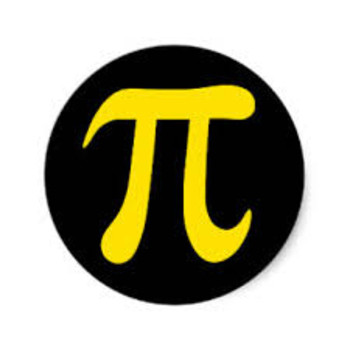How do you use the remainder theorem to find the remainder for each division #(4x^3+4x^2+2x+3)div(x-1)#?
2 Answers
There are a few ways we can find the remainder. The two most common are long division and synthetic division. I prefer synthetic division, so I'll be using that.
That leaves us with
Explanation:
The remainder theorem is a quick and useful way to determine whether an expression as a factor before you actually go ahead with the whole dividing process.
Let:
The divisor is
If f(x) =0, then the expression is a factor.
Here,


